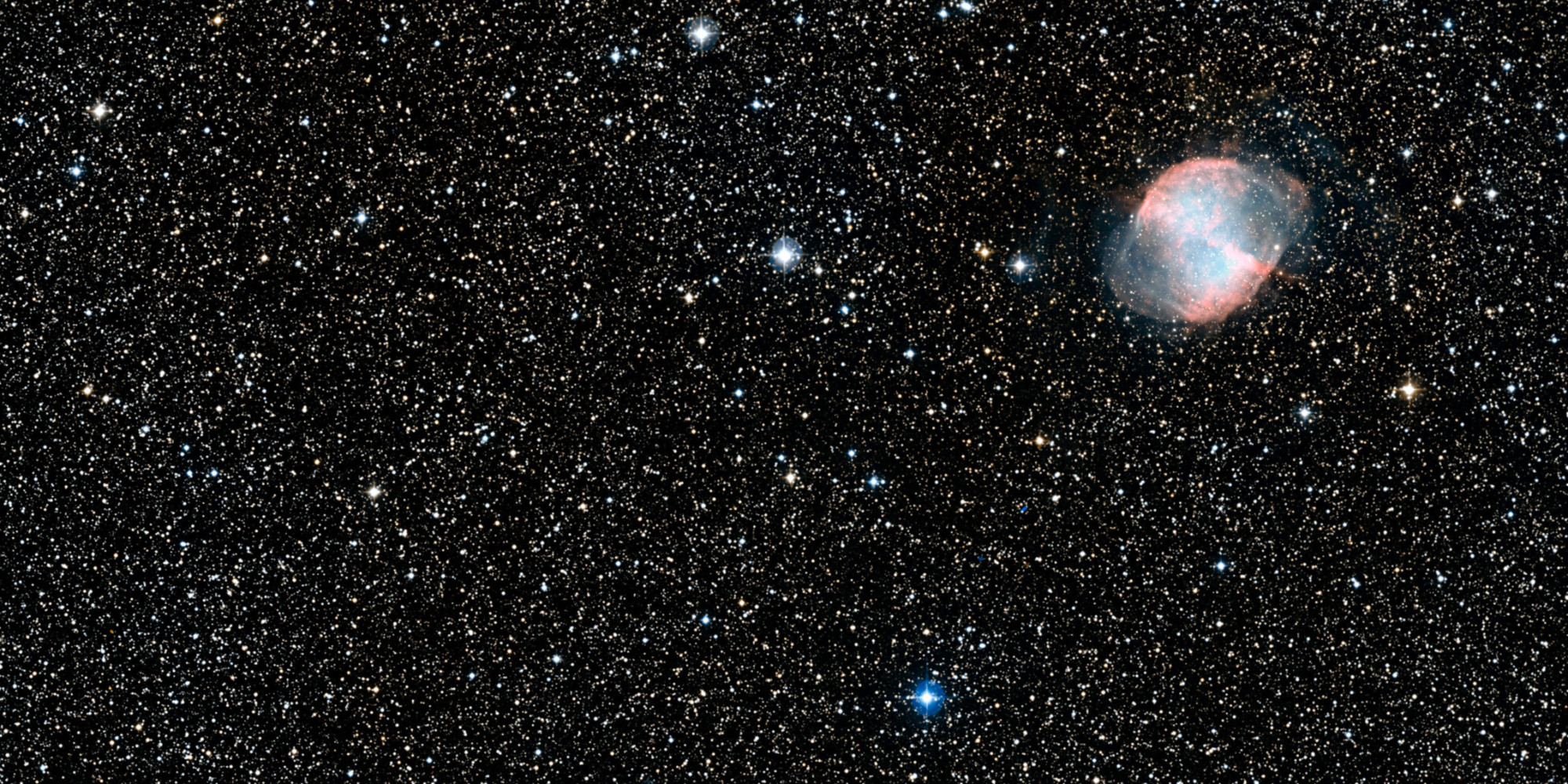Europe 1 with AFP // Photo credit: 15:39 pm, September 24, 2023
Will we advance our knowledge of the formation of our solar system? This is the hope of NASA scientists who are waiting for the arrival of the largest asteroid sample ever collected. It was dropped Sunday morning from space by the Osiris-Rex probe and is expected to arrive imminently on Earth.A capsule containing the largest asteroid sample ever collected, and the first for NASA, was dropped from space by the Osiris-Rex probe Sunday morning, hours before its scheduled landing in the Utah desert in the United States. The final descent through Earth's atmosphere promises to be perilous, but the US space agency hopes it will result in a smooth arrival, around 09:00 local time (15:00 GMT), on a military zone usually used to test missiles.
A risky landing
After liftoff seven years ago, the Osiris-Rex probe collected pebbles and dust from asteroid Bennu in 2020, before embarking on its return journey. Some 250 grams of material (+ or - 100 grams), according to NASA's estimate, which should "help us better understand the types of asteroids that could threaten the Earth", and illuminate "the very beginning of the history of our solar system", said the head of the space agency, Bill Nelson.
"The return of this sample is truly historic," NASA scientist Amy Simon told AFP. "This will be the largest sample we bring back from the moon rocks" of the Apollo program, concluded in 1972. But before accessing the precious cargo, the maneuver to be executed is "dangerous", she admits. About four hours before the scheduled landing time, the Osiris-Rex probe released the capsule containing the sample, more than 100,000 km from Earth (about 1/3 of the Earth-Moon distance).
During the last 13 minutes, this capsule will pass through the atmosphere: it will enter at more than 44,000 km/h, with a temperature rising to 2,700 ° C. The fall, observed by army sensors, will be slowed by two successive parachutes, which it is essential that they deploy correctly to avoid a "hard landing". The ground area is 58 km long and 14 km wide. For its part, the probe has set off to visit another asteroid.
>> READ ALSO - How India is asserting itself as a major space power
Japan and Canada will have some of the samples
Once the capsule is on the ground, a team equipped with gloves and masks will check its condition, before placing it in a net, then lifted by a helicopter and carried to a temporary "clean room". The capsule should be exposed to the sand of the American desert for as short a time as possible, in order to avoid contamination of the sample that could disferee subsequent analyses. On Monday, it will be flown to the Johnson Space Center in Houston, Texas. This is where the box will be opened, in another airtight room. The process will take days.
NASA is planning a press conference on October 11 to unveil initial results. The majority of the sample will be retained for study by future generations. About 25% will be immediately used for experiments, and a small portion will be shared with partner Japan and Canada. Japan had itself given NASA some grains from the asteroid Ryugu, of which it had brought back 5.4 grams in 2020, during the Hayabusa-2 mission. In 2010, he reported a microscopic amount of another asteroid.
This time, Bennu's sample is "much bigger, so we're going to be able to do a lot more analysis," Simon said.
Understanding the origins of our solar system
Asteroids are composed of the original materials of the solar system, 4.5 billion years ago. Unlike Earth, they remained intact. So they hold "clues about how the solar system formed and evolved," Melissa Morris, head of NASA's Osiris-Rex program, told a news conference. "This is the story of our own origin." By hitting our planet, "we think that asteroids and comets brought organic matter, potentially water, that helped life develop on Earth," explained Amy Simon.
>> READ ALSO - Space: an asteroid, similar to a "quasi-Moon", discovered around the Earth
Scientists believe that Bennu (500 meters in diameter) is rich in carbon, and contains water molecules enclosed in minerals. The asteroid also surprised scientists: its surface turned out to be less dense than expected during the collection of the sample. The probe arm had sunk, much like in a ball pool. A better understanding of its composition could prove useful in the future. There is a small risk (1 in 2,700) that Bennu will hit Earth in 2182, a collision that would be catastrophic. But NASA managed last year to deflect the trajectory of an asteroid by hitting it.

